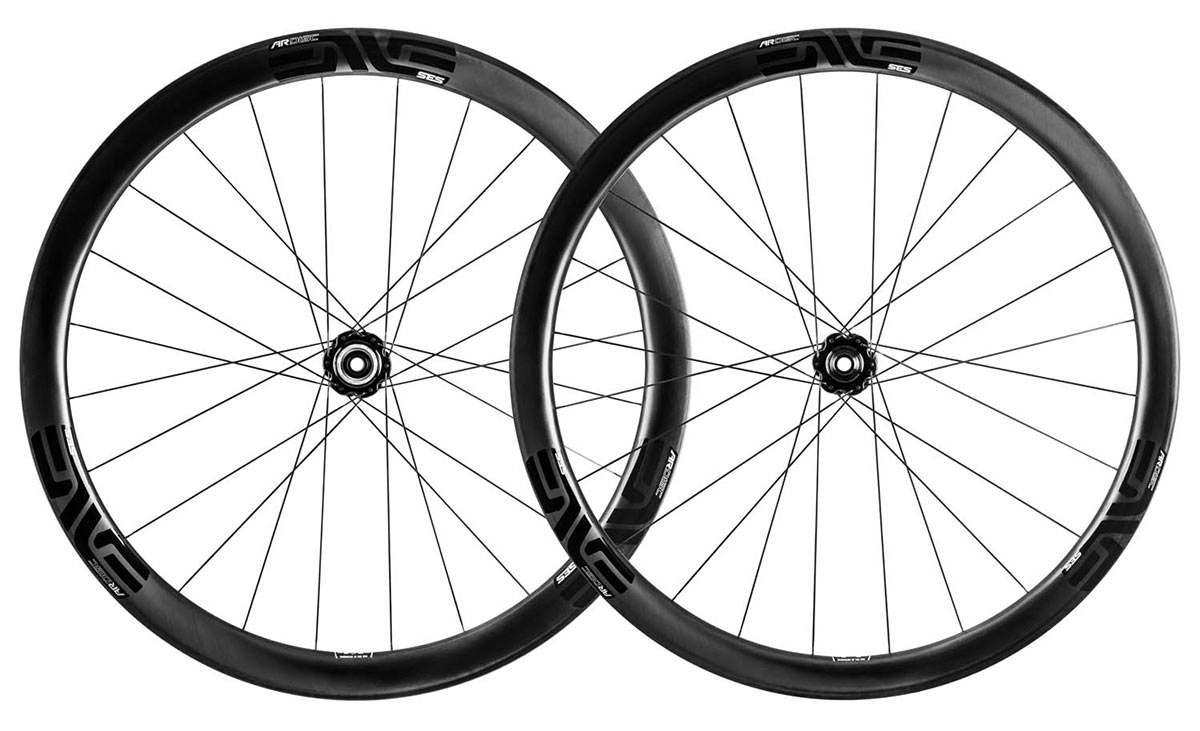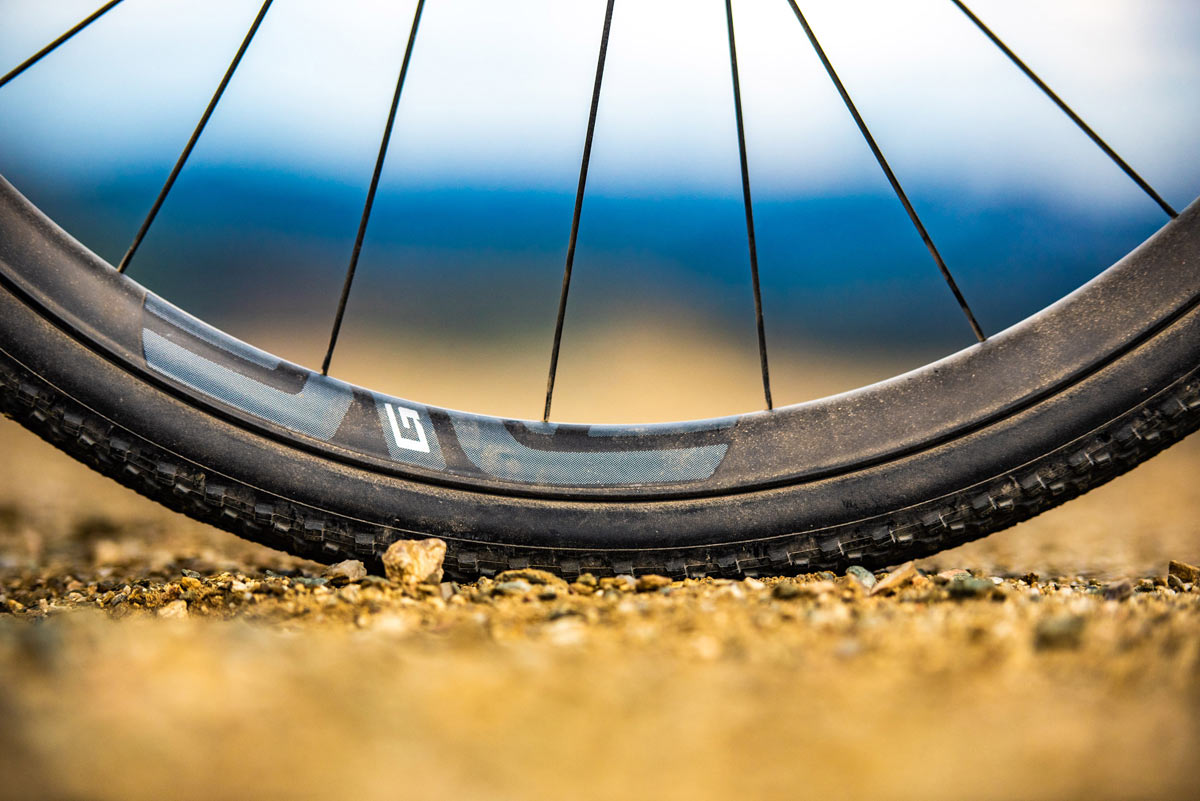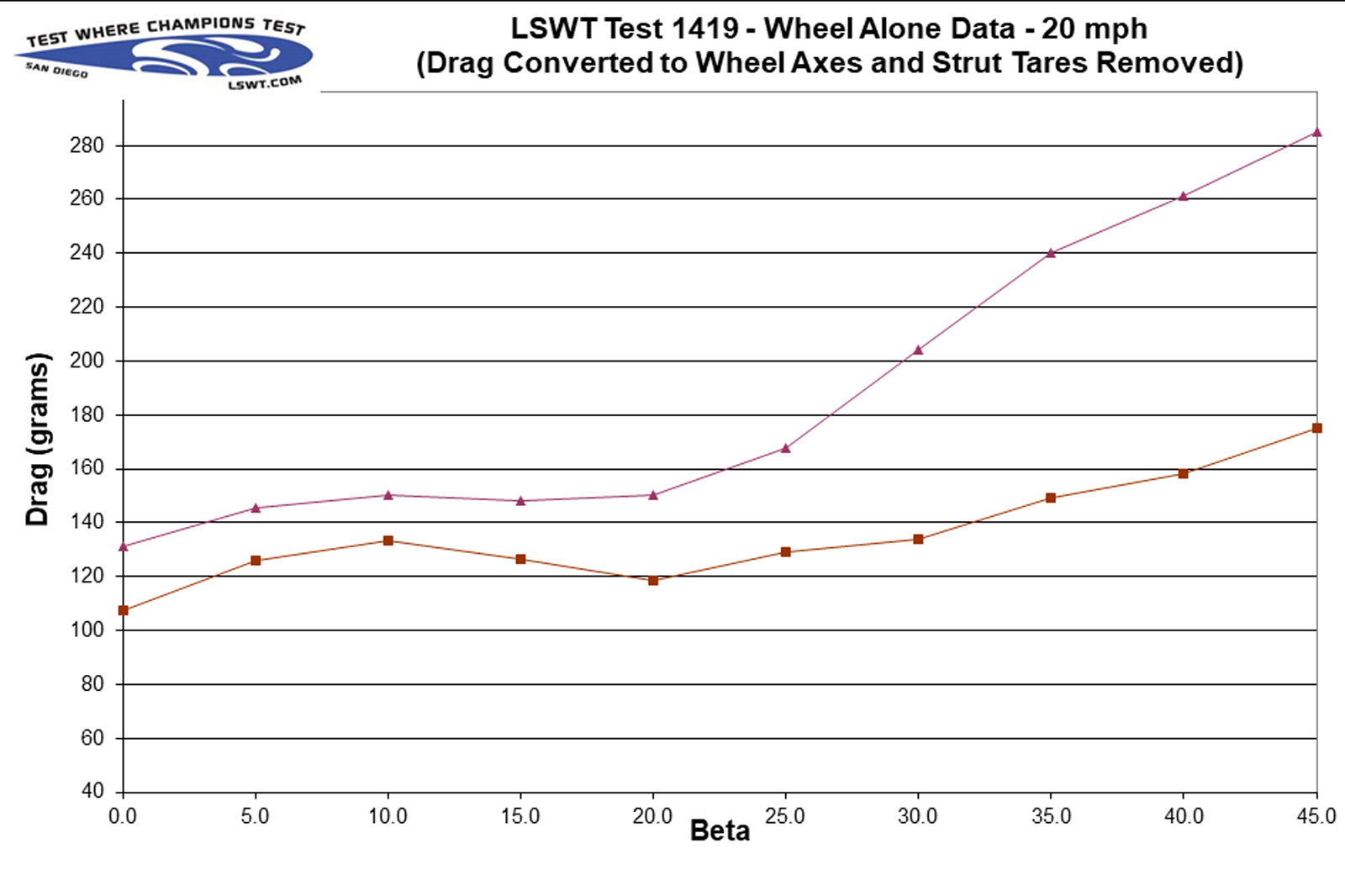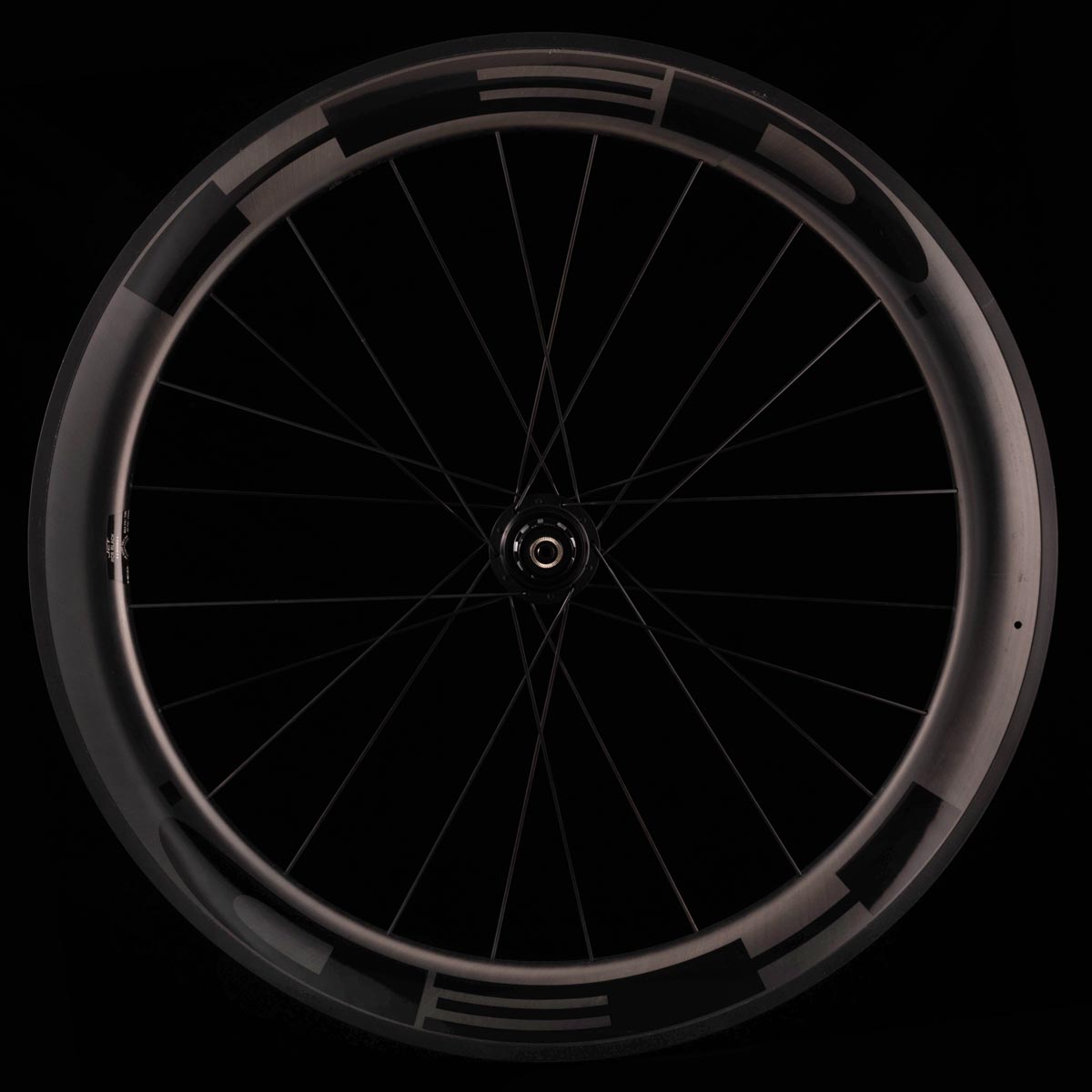We know, there’s no such thing as a stupid question. But there are some questions you might not want to ask your local shop or riding buddies. AASQ is our weekly series where we get to the bottom of your questions – serious or otherwise. Hit the link at the bottom of the post to submit your own question.
This one is pretty timely, with the annual Dukes Weekender Gravel Enduro kicking off this weekend in Aberfoyle, Scotland. Given that most of the riders will be running tires with side knobs, will they be bothered about the aerodynamic properties of their rims? Quite rightly, this is what one of our readers has been wondering. This week, we are joined by the experts at ENVE, Fulcrum, HED Cycling and Vittoria, who are up for a discussion on the topic. Your contributors are:
- Ken Avery, SVP Product Development at Vittoria Industries North America
- Neil Shirley, Marketing Manager at ENVE Composites
- Andy Tetmeyer, Repository of Knowledge at HED Cycling
Considering gravel tires have got side knobs that divert the airflow, do aero deep rims and aero spokes actually make sense in gravel?
ENVE Composites: This is a question we receive frequently, and in order to get a clearer answer, we recently visited the wind tunnel with a mix of ENVE wheels that included our 25mm deep G23 gravel wheel, 39/43mm deep SES 3.4 AR, and 49/55mm deep SES 4.5 AR.

We looked at how tire width impacted aero performance in each wheelset, in addition to how much difference in drag there was between treaded vs. slick tires. All testing was performed at 20 mph (the average speed of the fastest riders at an event such as Unbound). We’re working on compiling all of the data and plan to release it in its entirety when it’s ready, but what we do know is that, at the tested speed, there is an aerodynamic benefit to a deeper rim, even with a tire as wide as 38mm installed.
There is also a 2-3 watt gain to be made with a slick tire over one with tread. Of course, if you were to look at aero data alone to determine the best setup for gravel, you could easily be making decisions that would ultimately hinder you, such as opting for a slick tire on a loose or technical course.

Or, when it comes to wheel selection, the purpose-built G23 wheel is lighter, more compliant, and offers superior pinch flat protection, all of which can be of greater benefit than a more aero option. We believe that based on the average speeds for most gravel riders, aerodynamic gains are minimal, and making equipment decisions based solely on that will lead to poor performance.

Lastly, consider that an aero profile rim is deeper and thus often times more stiff. This can help keep handling snappy, and allow the tire to be more easy to isolate in terms of deformation (which will then effect grip and compliance).
HED Cycling: Yes, deeper rims and aero spokes make sense even with wider and knobby tires. Experience tells me I go faster on aero wheels relative to shallow ones on tires up to 42mm wide, so Vanquish 6 pro wheels are what I wear on my bike. I have not ridden wider tires than 42mm on gravel so I can’t tell you if there is an aero break-point where wide tires and knobs overcome rim aerodynamics.
In addition to anecdotal experience, we (HED) had this same question in 2014 so, when we were at the wind tunnel that year, we did a couple runs to get some data. The chart below shows a quick run with our Ardennes Plus wheel and our Jet 6 wheel at 20 mph with a 35mm Conti CX speed tire. The Ardennes is 25mm deep and the Jet 6 is 60mm deep. Both are 21mm internal and 25mm external at the “brake” track. The Jet measured lower drag. At least with a 35mm somewhat knobby tire, aero has measurably lower drag.

Got a question of your own? Click here to use the Ask A Stupid Question form to submit questions on any cycling-related topic of your choice, and we’ll get the experts to answer them for you!


